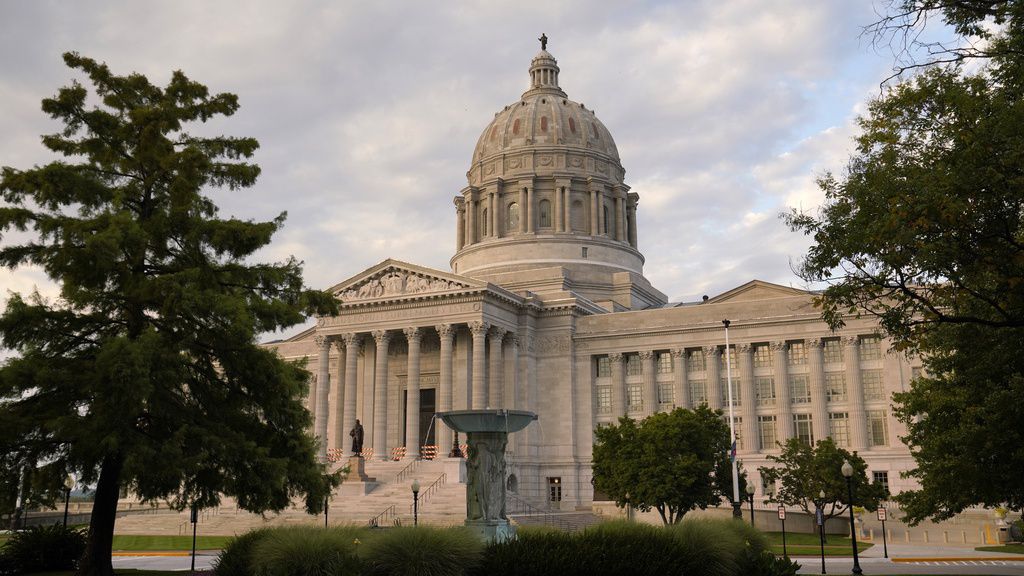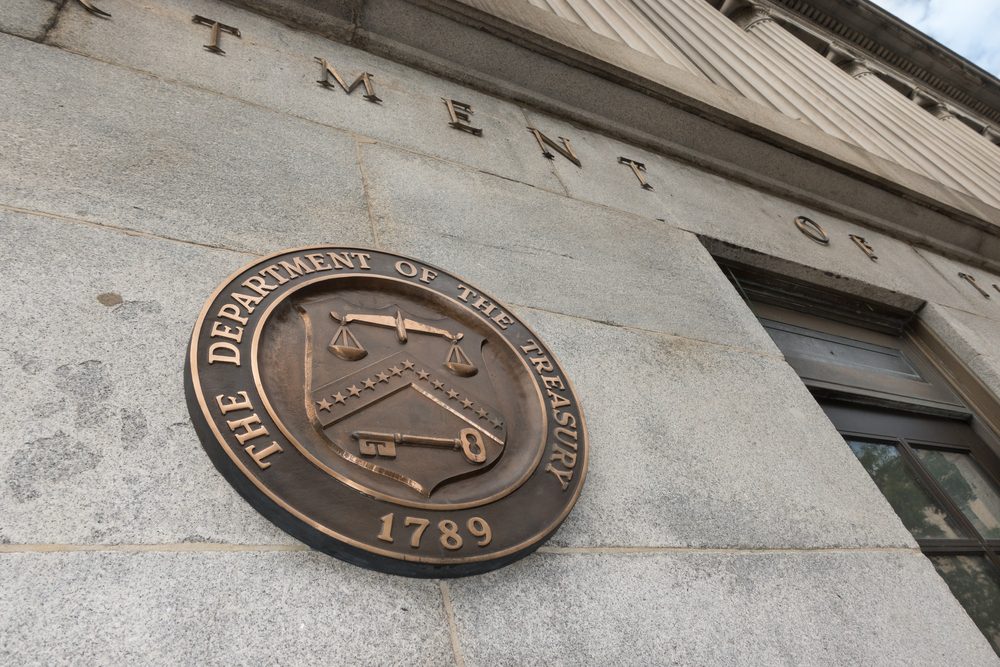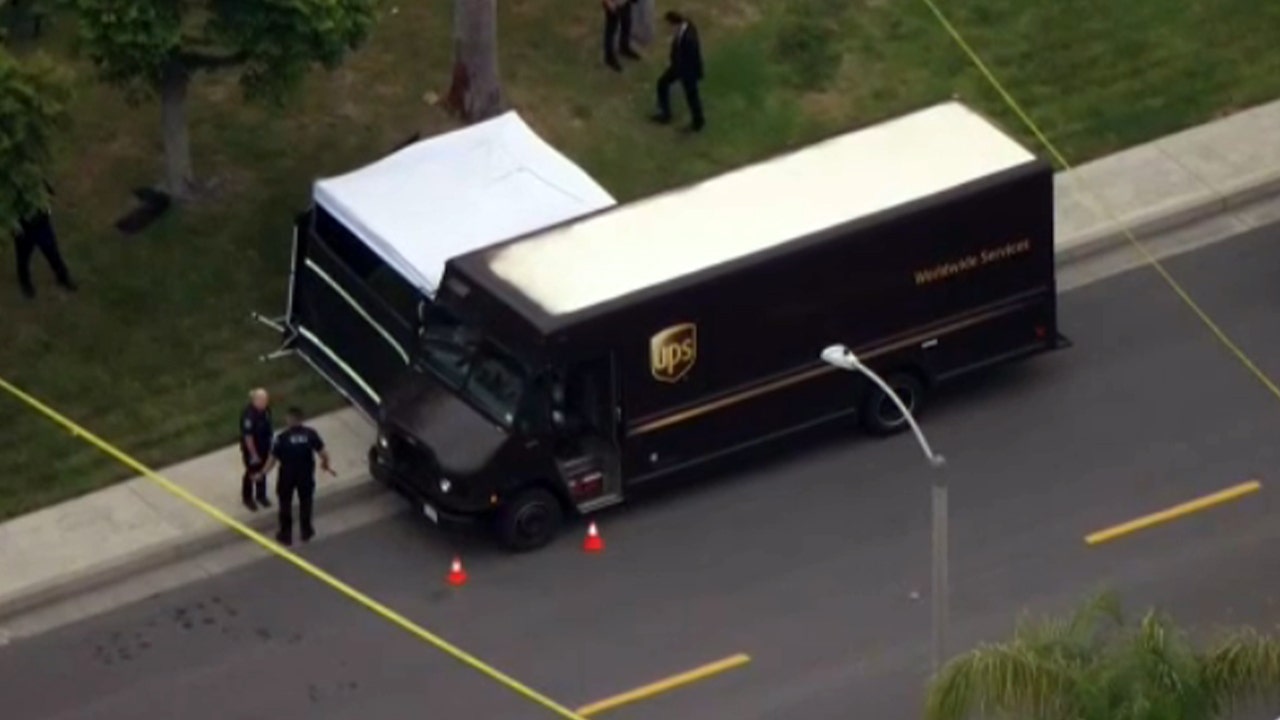A group of people wait to be processed after crossing the border between Mexico and the United States as they seek asylum in April 2024, near Jacumba, Calif.
Gregory Bull/AP
hide caption
toggle caption
Gregory Bull/AP
A group of people wait to be processed after crossing the border between Mexico and the United States as they seek asylum in April 2024, near Jacumba, Calif.
Gregory Bull/AP
WASHINGTON — Arrests for illegally crossing the U.S. border from Mexico fell more than 6% in April to the fourth lowest month of the Biden administration, authorities said Wednesday, bucking the usual spring increase.
U.S. officials have largely attributed the decline to more enforcement in Mexico, including in yards where migrants are known to board freight trains. Mexico won’t allow more than 4,000 illegal crossings a day to the U.S., Alicia Barcena, Mexico’s foreign relations secretary, told reporters Tuesday, down from more than 10,000 Border Patrol arrests on some days in December.
Migrants were arrested 128,884 times in April, down from 137,480 in March and barely half a record-high of 249,737 in December, U.S. Customs and Border Protection said. While still historically high, the sharp decline in arrests since late December is welcome news for President Joe Biden on a key issue that has nagged him in election-year polls.
San Diego became the busiest of the Border Patrol’s nine sectors along the Mexican border for the first time since the 1990s with 37,370, replacing Tucson, Arizona.
Troy Miller, Customs and Border Protection’s acting commissioner, said more enforcement, including deportations, and cooperation with other countries resulted in lower numbers.
“As a result of this increased enforcement, southwest border encounters have not increased, bucking previous trends. We will remain vigilant to continually shifting migration patterns,” he said.
Authorities granted entry to 41,400 people in April at land crossings with Mexico through an online appointment app called CBP One, bringing the total to more than 591,000 since it was introduced in January 2023.
The U.S. also allows up to 30,000 Cubans, Haitians, Nicaraguans and Venezuelans if they apply online with a financial sponsor and arrive on commercial flights. About 435,000 entered the country that way through April, including 91,000 Cubans, 166,700 Haitians, 75,700 Nicaraguans and 101,200 Venezuelans.
































